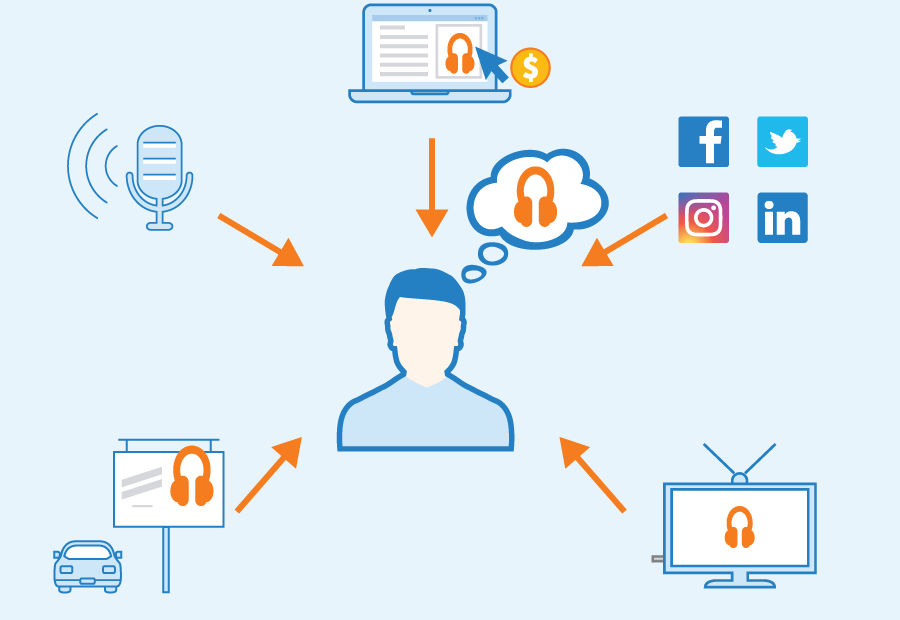How do businesses use technology in the marketing of distribution?

Distribution is the path through which goods are delivered to consumers. A distribution channel can be either direct or indirect. It depends on the number of intermediaries involved.
Whether direct or indirect, a distribution strategy must be created and adapted to meet customer needs. Companies can master distribution channels by analyzing their market, their customer’s needs, and their sales goals.
Using modern technologies can reduce shipping errors and help increase operational efficiency. These include the Internet of Things (IoT), robotics, and autonomous vehicles. They can also speed up the delivery process.
Distributors can use technologies like RFID, barcodes, and sensors to track their products. This information helps them make better decisions. Some technology requires extensive integration with legacy systems. Other technologies require minimal implementation.
Technology makes it easier for retailers to customize promotions and prices. In addition, increased digital interaction allows companies to better manage their relationships with partners.
Companies can create electronic invoices and use mobile apps to communicate with their customers. They can also utilize sensors to track inventory levels. There are even drone deliveries.
New technologies are being developed every day. Some of them are already being used in other industries. For example, some companies are using autonomous robotic forklifts to move pallets without human operators.
Distributors need to keep up with market trends and the ever-changing demands of consumers. They may also face challenges due to economic turmoil. However, they can find solutions to these problems by using inventive business partnerships.



